I posted a instructable here earlier and think you guys may like to see it here. So I copy most of the content here, hope you guys enjoy it.
As a whole, this project is to try my best to design a ultimate RetroPie based handled game console. Several changes were made to traditional ones.
First, I used a DPI interface to connect the Pi to the LCD module. As DPI is supported by hardware, this interface will not bother the CPU to do any calculation. Also, DPI interface supports higher resolution, higher frame rate and better display than the SPI or TV-out. In my prototype, I used a 3.2 inch, 800*480 LCD module which is far more from enough.
Second, I used the Raspberry Pi compute module 3 as the core board. Traditional handled game console design either use the Pi zero or the Pi 3B. The Pi 3B will certainly make the console thick and the Pi Zero is just not powerful enough to run all the emulators smoothly.
However, the CM3L has both the size of Pi zero and the power of Pi 3B.
The finished game console is just 152x64x18mm with the capability to install up to 2000mAh battery. The total built costs about $65, including a custom PCB, all the components, a 16GB TF card and a RaspberryPi compute module 3 Lite (Costs may varies quite a lot according to the price of making a PCB and the price of the components). As I already have a 3D printer, the case costs me only 64g PLA filament.
During my test, the console is able to run the Ps/N64 emulators at about max frame rate for most time. And the gaming experience of GBA and NEOGEO is much better than my Pi zero try out. No significant video or audio lag can be noticed during all the gaming.
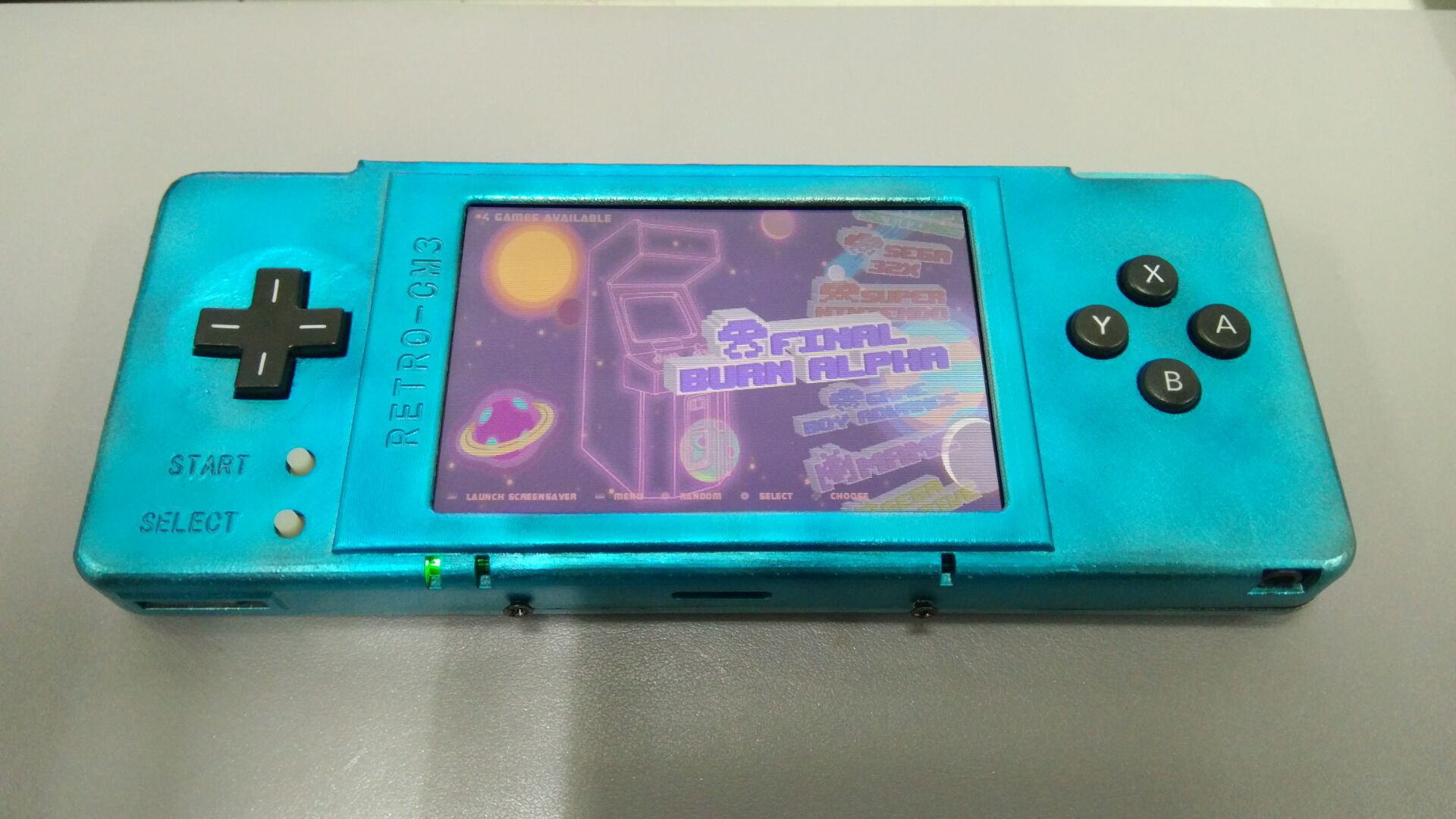
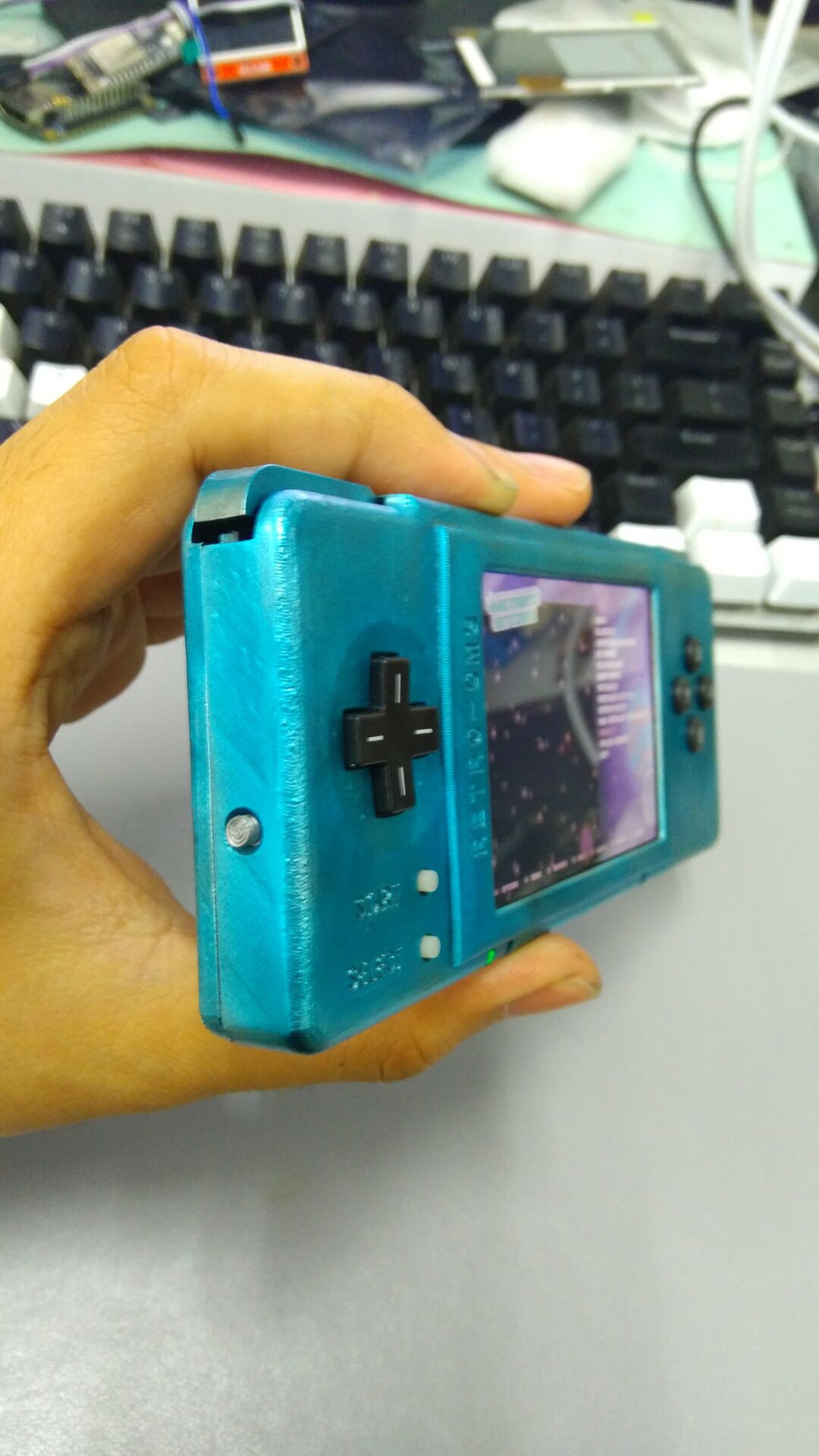
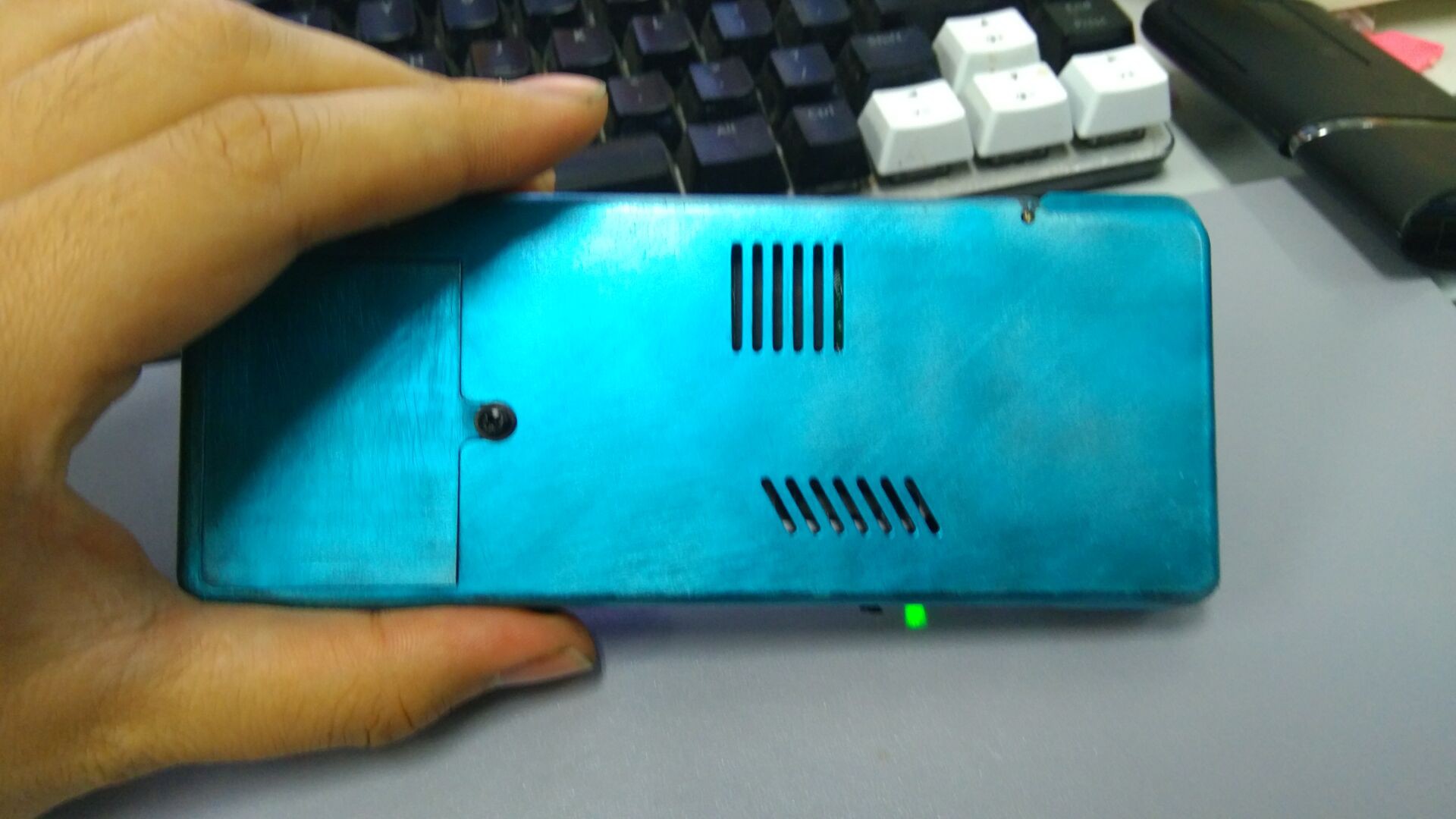
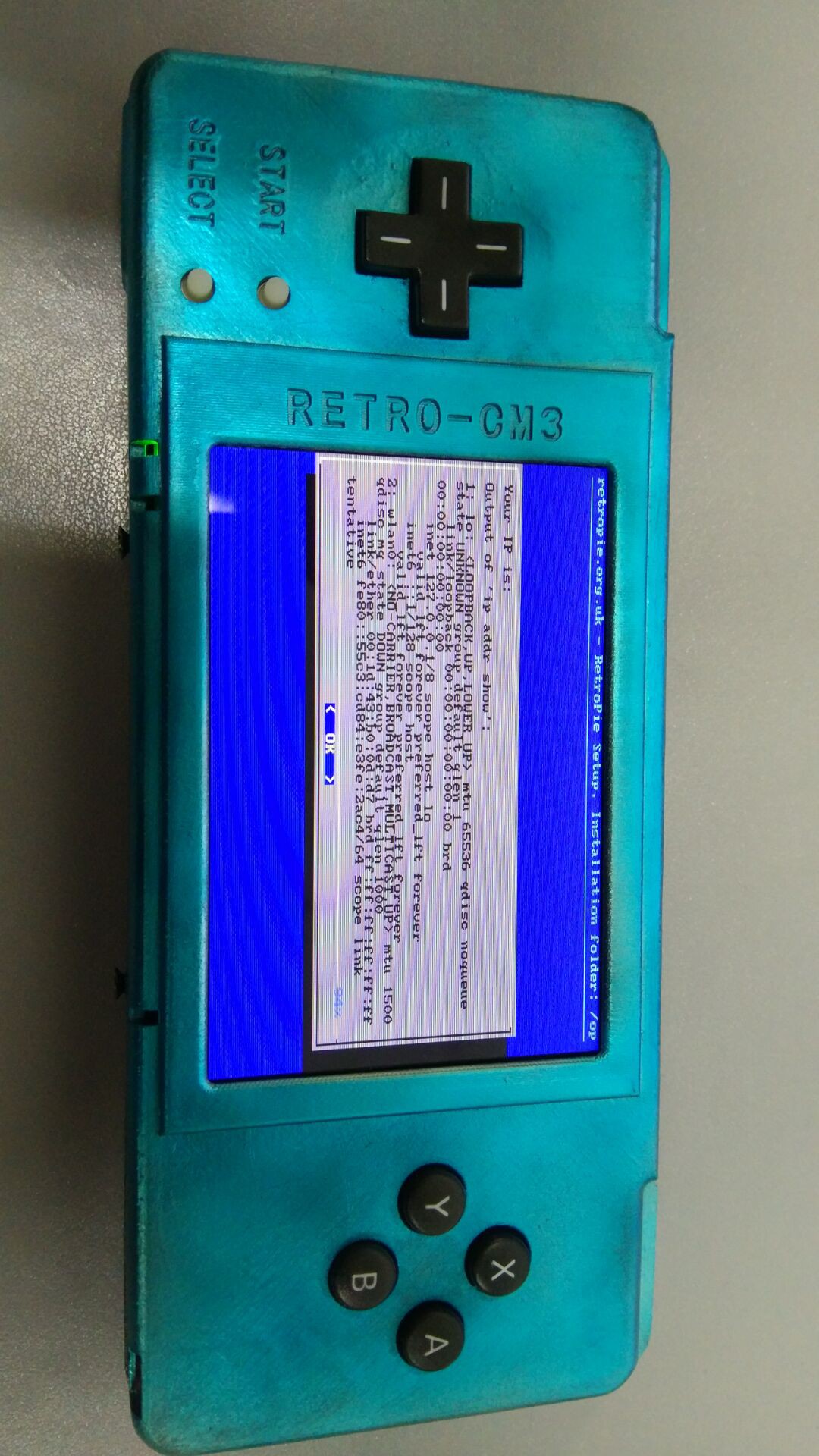
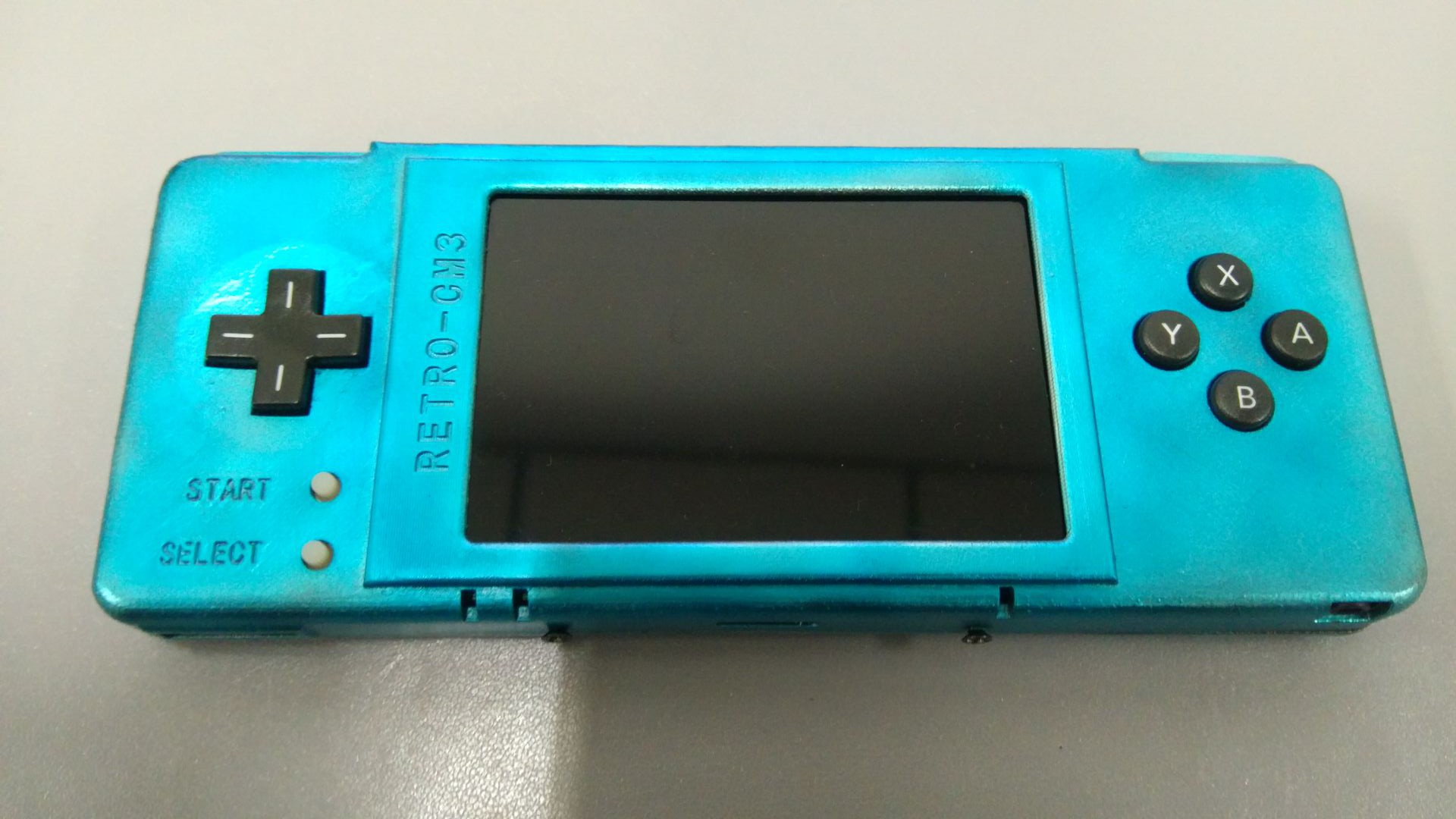


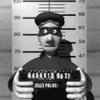
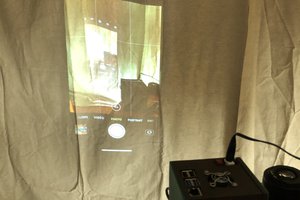
 hurðaskellir
hurðaskellir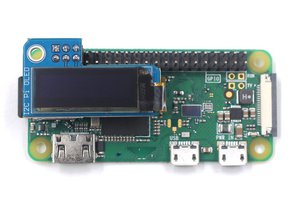
 IOTMCU
IOTMCU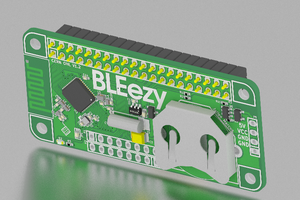
 julien
julien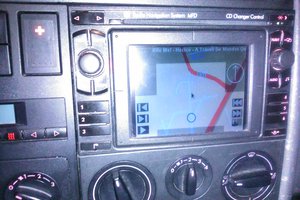
 Robert Pohlink
Robert Pohlink
Great Project!
Is hdmi output planned? Looks like it just about populating appropriate pins (and making switch).
HDMI along with usb is quite nice feature to play with friends.